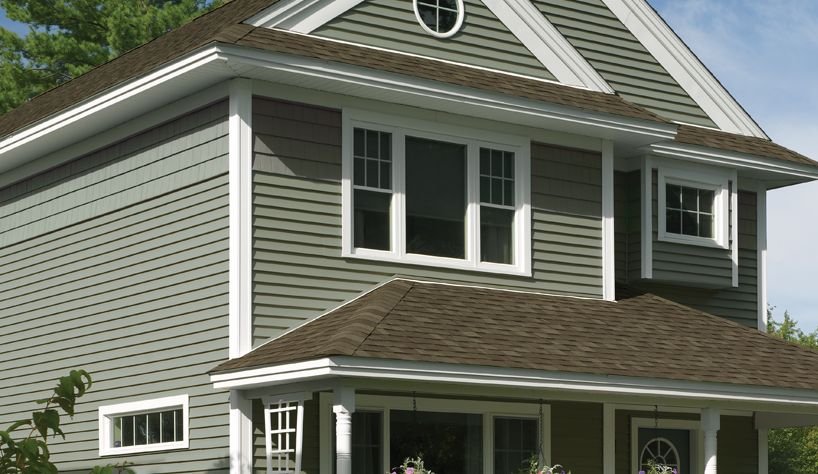The Art of Transformation: A Guide to Trim Painting in Doha, Qatar
Do you dream of refreshing your Doha home without a full-blown renovation? Trim painting offers a remarkable way to breathe new life into your space, enhancing aesthetics and value. This guide delves into the world of trim painting in Doha, Qatar, empowering you to make informed decisions for your project.
Why Choose Trim Painting?
Trim, encompassing elements like moldings, baseboards, doorframes, and window casings, plays a significant role in defining a room’s character. Worn-out or mismatched trim can detract from the overall ambiance. Here’s why a trim painting project can be transformative:
Enhanced Aesthetics: A fresh coat of paint on your trim instantly elevates the visual appeal of your space. You can create a cohesive look or add pops of color for a dramatic effect.
Increased Value: Well-maintained trim contributes to the overall value of your property. Potential buyers appreciate the attention to detail and the refreshed look.
Improved Durability: Paint acts as a protective layer, safeguarding your trim from moisture, dust, and everyday wear and tear.
A Cost-Effective Option: Compared to a complete room makeover, trim painting offers a budget-friendly way to achieve a significant visual impact.
Planning Your Trim Painting Project in Doha
Before diving into the painting process, meticulous planning is essential. Here are the key steps to consider:
Define Your Goals:
Do you want a subtle refresh or a bold transformation?
Consider the current state of your trim and the overall style of your home.
Color Selection:
Classic Approach: Opt. for neutral colors like white, cream, or beige for a timeless look that complements various wall colors.
Bold Choices: Consider darker tones like black, navy blue, or charcoal grey to create a dramatic contrast, especially with lighter walls.
Complementary Colors: Choose colors that complement your existing décor or wall paint.
Professional Help: If you’re unsure, consult a professional painter or interior designer for guidance.
Material Selection:
Paint Type: Opt. for high-quality, water-based acrylic paint specifically formulated for trim. These paints offer good adhesion, durability, and easy cleanup.
Brushes and Rollers: Choose high-quality brushes with synthetic bristles for precise application on detailed trim. Use rollers for larger flat surfaces.
Budgeting:
Factor in the cost of paint, brushes, rollers, painter’s tape, drop cloths, and (if needed) professional painting services.
Consider the size and complexity of your trim work when estimating the project cost.
Safety Measures:
Ensure proper ventilation when using paint. Open windows and doors whenever possible.
Use drop cloths and painter’s tape to protect your furniture, floors, and walls from paint splatters.
Wear appropriate safety gear like gloves, safety glasses, and a dust mask.
The Trim Painting Process
Once you have a plan in place, the painting process can begin. Here’s a general overview:
Preparation is Key:
Thoroughly clean the trim surfaces with a damp cloth to remove dust, grime, and cobwebs.
Address any minor repairs like cracks or nail holes with spackle and allow it to dry completely.
Sand lightly with fine-grit sandpaper to create a smooth surface for better paint adhesion.
Apply painter’s tape around the trim to protect walls and ceilings.
Prime Time:
Apply a high-quality primer specifically designed for trim. Primer improves paint adhesion and provides a uniform base coat for a flawless finish.
Painting Magic:
Start with cutting in along the edges of the trim using a brush for precise application.
Once the edges are painted, use a roller for larger flat surfaces, ensuring even paint application.
Apply multiple thin coats for optimal coverage and a professional finish. Allow each coat to dry completely before applying the next.
The Final Touches:
Once the paint is dry, carefully remove the painter’s tape.
Touch up any minor imperfections with a small brush.
Clean your brushes and rollers with soap and water for future use.




